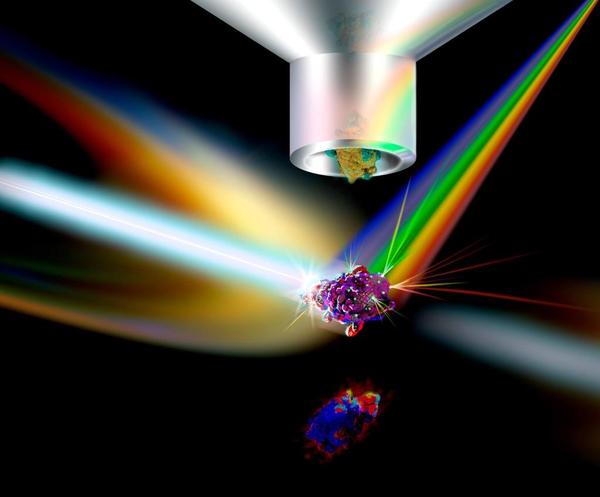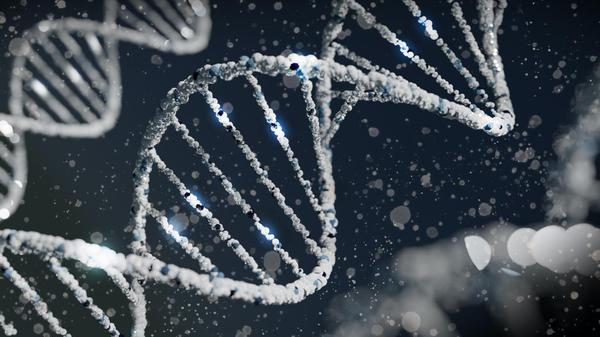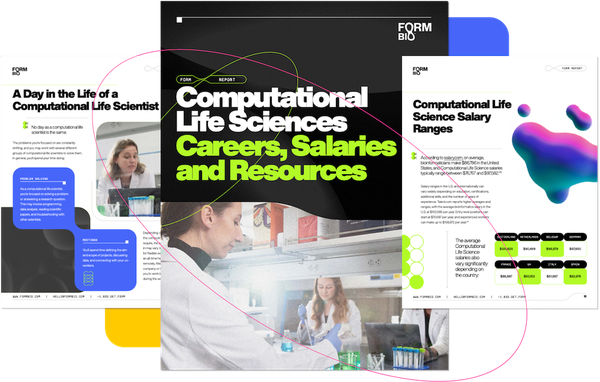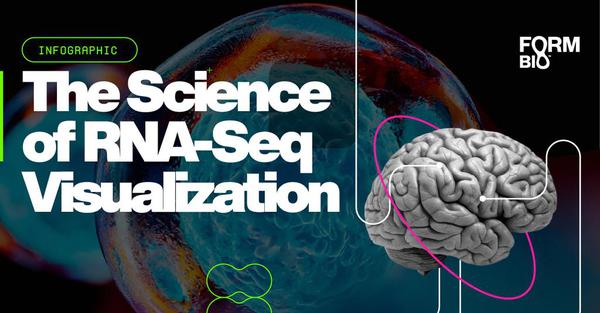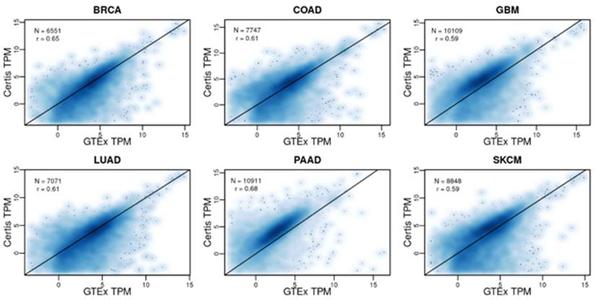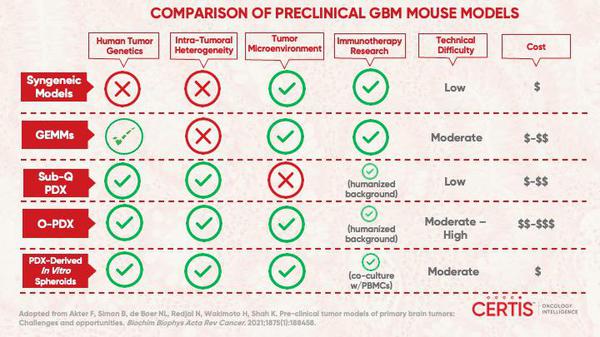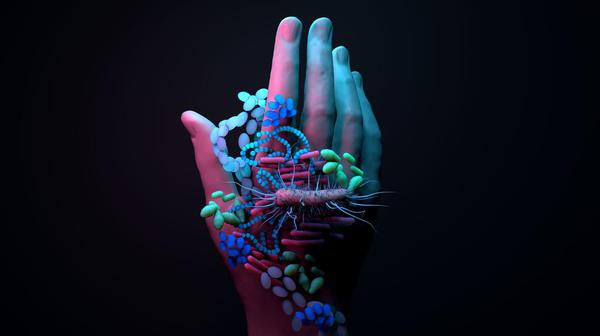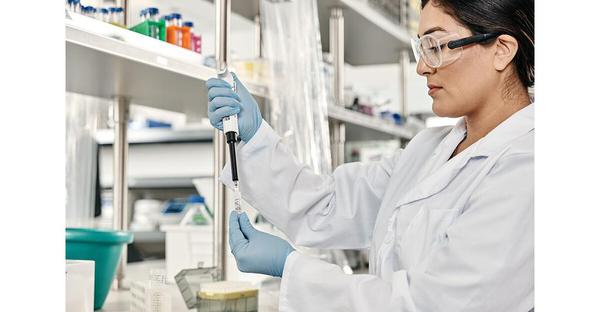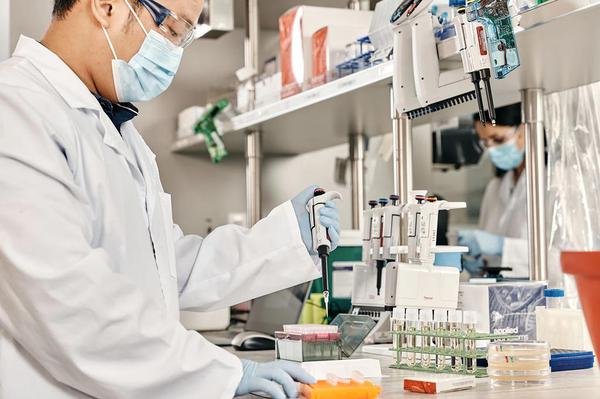Precision proteomics demands precision antibodies
Despite the hundreds of millions of vials of blood drawn every year for medical testing, scientists have only scratched the surface of its diagnostic potential. The blood proteome — which includes all proteins secreted into the blood — is a vast and largely untapped resource for markers of health or disease. One key analytical challenge is the need to simultaneously detect multiple protein biomarkers in the blood with high sensitivity. Tod White, chief business officer at proteomics company Alam...

